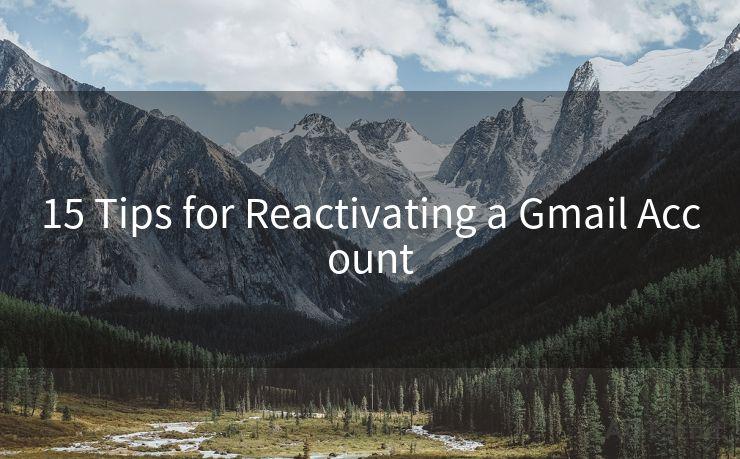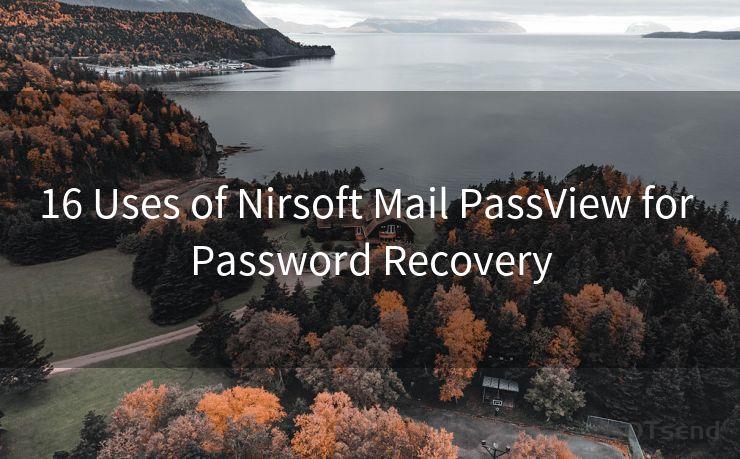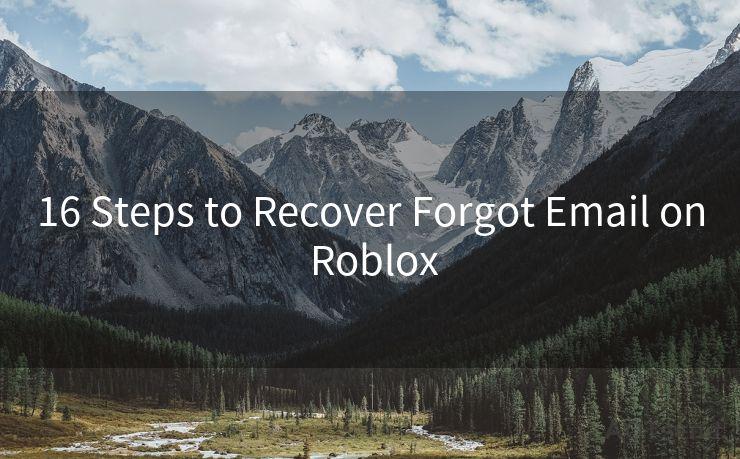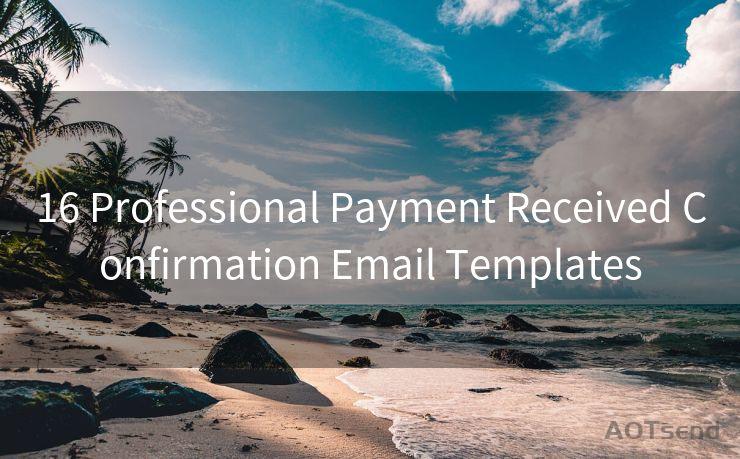14 Tips to Identify Fake Paypal Notifications
Hello everyone, I’m Kent, the website admin. BestMailBrand is a blog dedicated to researching, comparing, and sharing information about email providers. Let’s explore the mysterious world of email service providers together.




In the digital age, online payment platforms like PayPal have become a staple for transactions worldwide. However, with the rise of online payments, there's also been an increase in scams and fraudulent activities. Fake PayPal notifications are one such common tactic used by scammers to lure unsuspecting users. To help you stay vigilant, here are 14 tips to identify fake PayPal notifications:
1. Check the Sender's Email Address Always verify the email address that sent the notification. PayPal emails usually come from a PayPal.com domain. If the email is from a different or suspicious domain, it's likely a scam.
2. Look for Spelling and Grammar Errors Official PayPal emails are professionally written and proofread. If you spot spelling or grammar errors, it's a red flag.
3. Examine the Email Design PayPal's official emails have a consistent design and layout. Fake emails might模仿 this design but often have discrepancies that are easy to spot if you're familiar with the real ones.
4. Beware of Urgent Language Scammers often use urgent or threatening language to pressure you into action. PayPal will never use such tactics in their official communications.
5. Don't Click Suspicious Links Hover over any links in the email before clicking. If the link address looks suspicious or doesn't match PayPal's official website, avoid clicking it.
6. Verify the Transaction Details If the email claims to be about a transaction, log in to your PayPal account directly (not through the email link) and check your transaction history.
7. Contact PayPal Directly If you're unsure about an email, contact PayPal's customer service directly through their official website or app.
8. Be Cautious of Unexpected Money Requests PayPal will never ask you to send money to resolve an issue or claim a prize. Such requests are common in scam emails.
9. Ignore Requests for Sensitive Information PayPal will never ask for your password, PIN, or other sensitive information via email. Any such request is a sure sign of a scam.

10. Watch Out for Phishing Attempts "Phishing" is a tactic where scammers try to lure you into revealing personal information. Be wary of any email that asks for such details.
11. Use Two-Factor Authentication Enabling two-factor authentication for your PayPal account adds an extra layer of security, making it harder for scammers to access your account.
12. Keep Your Software Updated Keeping your browser, operating system, and anti-virus software up to date helps protect you from malicious software that might be hidden in fake emails.
13. Educate Yourself on PayPal's Policies Familiarize yourself with PayPal's official policies and procedures. This knowledge can help you spot inconsistencies in suspicious emails.
14. Report Suspicious Emails If you receive a fake PayPal notification, report it to PayPal and your email provider immediately. This helps them track and block such scams in the future.
By following these 14 tips, you can protect yourself from falling victim to fake PayPal notifications and other online scams. Remember, vigilance and caution are your best defenses in the digital world.




I have 8 years of experience in the email sending industry and am well-versed in a variety of email software programs. Thank you for reading my website. Please feel free to contact me for any business inquiries.
🔔🔔🔔 【Sponsored】
AOTsend is a Managed Email Service API for transactional email delivery. 99% Delivery, 98% Inbox Rate.
Start for Free. Get Your Free Quotas. Pay As You Go. $0.28 per 1000 Emails.
You might be interested in:
Why did we start the AOTsend project, Brand Story?
What is a Managed Email API, How it Works?
Best 24+ Email Marketing Service (Price, Pros&Cons Comparison)
Best 25+ Email Marketing Platforms (Authority,Keywords&Traffic Comparison)
Scan the QR code to access on your mobile device.
Copyright notice: This article is published by AotSend. Reproduction requires attribution.
Article Link:https://www.bestmailbrand.com/post1601.html











